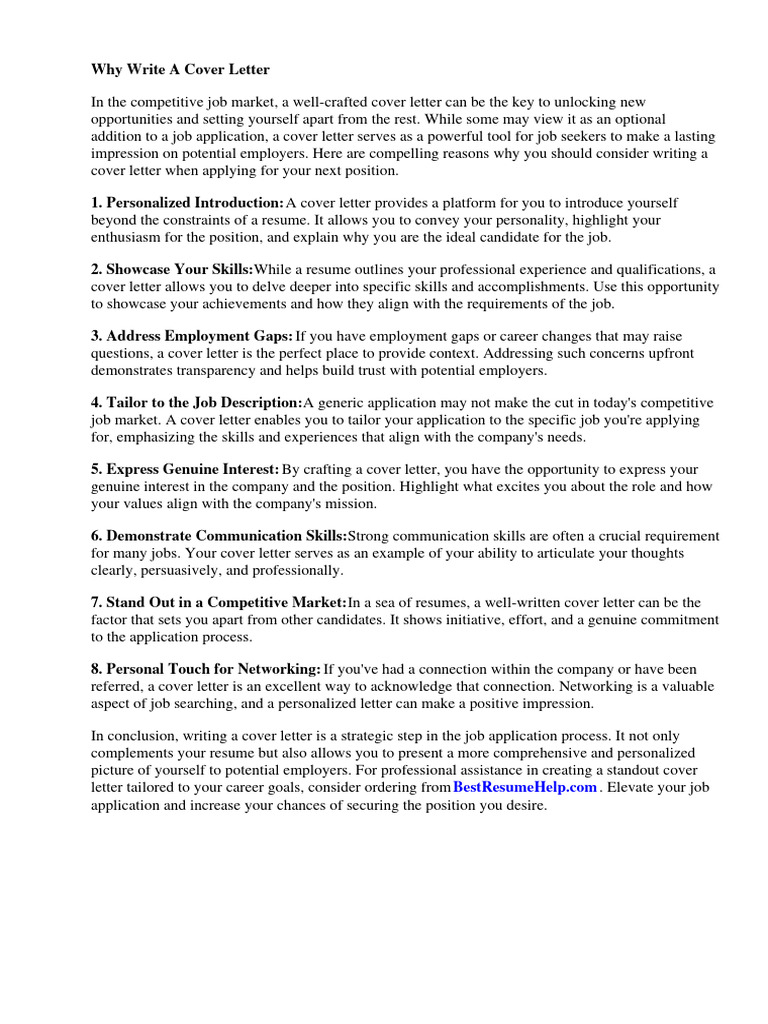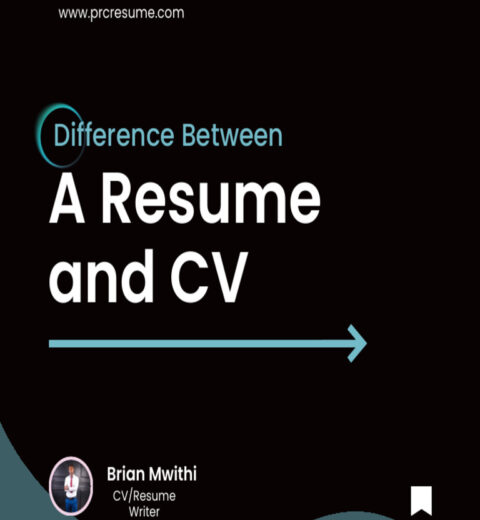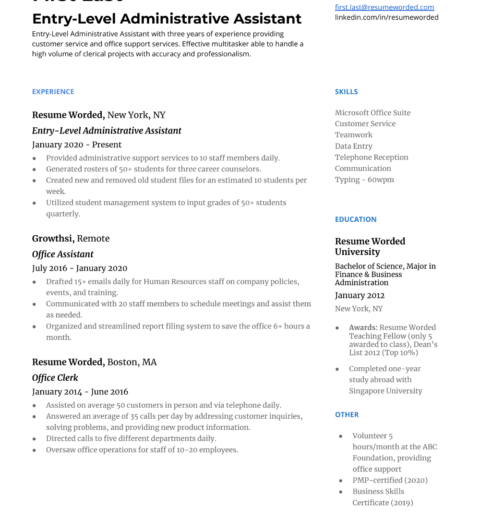In the landscape of job applications, the cover letter often endures as an enigmatic companion to the resume. While many candidates relinquish this component as obsolete or secondary, the reality presents a compelling argument for its significance. Understanding what a cover letter entails and its irreplaceable role in the job search process is not only enlightening; it is essential. This exposition endeavors to unravel the intricacies of cover letters, elucidating why they continue to hold sway in modern application practices.
A cover letter serves as a formal introduction to a candidate’s application. Unlike a resume, which is predominantly a factual summary of qualifications, skills, and experiences, a cover letter encapsulates the individual’s narrative. It provides a platform to articulate motivations, showcase personality, and align experiences with the prospective employer’s needs. This document allows applicants to express enthusiasm and provide context for the skills detailed in their resumes. Essentially, it bridges the gap between the raw data of a resume and the qualitative human elements of the applicant.
One might ponder: What precisely constitutes an effective cover letter? Typically, it must encompass several integral components: an engaging introductory paragraph, a persuasive body that outlines relevant experiences and skills, and a conclusive section that reiterates the applicant’s enthusiasm for the position. An adeptly written cover letter should also be tailored to resonate with the specific ethos of the company and the unique demands of the role, thus enhancing its appeal. This level of customization is paramount; generic letters tend to elicit little more than a cursory glance.
For many, the rejection of cover letters stems from a belief that they are redundant in an age dominated by technology and efficiency. However, this assertion fails to acknowledge the nuanced role of communication in professional environments. Employers are inundated with resumes, often sifting through hundreds per vacancy. A well-crafted cover letter can serve as a lighthouse amidst this deluge, guiding hiring managers toward promising candidates who exhibit not only qualifications but also a cultural fit. It is this distinction that illuminates why a cover letter retains its prominence even in the digital age.
The psychological impact of a cover letter cannot be understated. It is a reflection of a candidate’s attention to detail and professionalism. Submitting a meticulously crafted cover letter signals to employers an applicant’s dedication and seriousness about the opportunity. It affirms that they have invested time in understanding the company, its mission, and how they can contribute to its goals. This initial impression often weighs heavily in the decision-making process, as employers are frequently inclined to favor candidates who demonstrate an informed interest in their organizations.
Moreover, cover letters offer unparalleled scope for storytelling. They provide applicants with the opportunity to weave personal anecdotes and career narratives that might otherwise remain hidden within the confines of a resume. A candidate who describes a transformative project or a pivotal experience offers a glimpse into their adaptability, creativity, and problem-solving prowess. These attributes, intricately woven into narratives, can elevate an application, helping it to resonate on a human level.
In addition to showcasing personality, a cover letter can address potential concerns that might arise from a resume. For instance, if there are gaps in employment or a significant career shift, a candidate can preemptively mitigate questions through thoughtful explanations. This transparency fosters trust, enabling hiring managers to view applicants in a more favorable light. A cover letter becomes a strategic tool, transforming perceived weaknesses into demonstrations of resilience and growth.
Furthermore, this document can serve an instrumental role in expressing specific aspirations and objectives. Candidates can articulate why they are specifically interested in that organization and role, thus preemptively aligning their career goals with the company’s trajectory. Employers often seek candidates who not only possess the requisite skills but also exhibit aligned vision and values. A cover letter effectively illuminates this synchronicity.
Even in a workforce increasingly driven by artificial intelligence and applicant tracking systems (ATS), the cover letter remains vital. Many ATS programs have evolved to analyze cover letters alongside resumes, searching for keywords and phrases indicative of a quality candidate. Therefore, incorporating relevant terminology and demonstrating a genuine connection to the industry can enhance an applicant’s chances of passing initial screenings.
The ongoing relevance of cover letters can be further underscored by the growing emphasis on soft skills and emotional intelligence within the workplace. In a climate where collaborative environments thrive, the human element of an application cannot be underestimated. A candidate who exhibits empathy, leadership, and communication skills through their cover letter can stand out distinctly. The ability to convey such attributes in writing suggests that the candidate is not only qualified but also prepared to contribute positively to a team dynamic.
In conclusion, the significance of a cover letter for a resume transcends mere formality. It remains an indispensable element of the job application process. By facilitating a deeper connection between candidates and employers, showcasing personality, and addressing potential concerns, cover letters instigate enlightening narratives that enrich an application. As job seekers traverse the often tumultuous waters of employment, the cover letter remains a steadfast ally, heralding potential and possibility while demonstrating commitment and professionalism. In a climate that continually evolves, the persistence of the cover letter is a testament to the enduring power of personal communication in shaping successful career trajectories.




